Discover the rich and diverse world of coffee with four countries and their distinct flavours.
From South American coffee’s bold taste to the bright and fruity notes of African coffee, each country’s coffee offers its own unique profile.
In this article, we will explore the different flavours of coffee from four countries, providing insights for both coffee aficionados and those who simply enjoy a good cup of coffee.
So join us on a journey through the world of coffee and the countries that produce some of the most exceptional and delicious flavours.
Table of Contents
COLOMBIA

Colombia has been in the coffee industry for some time and is one of the top exporters of coffee in the world.
The country has the perfect geography for growing coffee, with high altitude, wet, tropical climate, and volcanic soil, resulting in the renowned rich and mild coffee flavours.
There are 22 distinct coffee-growing regions in Colombia, which are divided into three main groups;
Northern: Traces of chocolate and nut flavour. Less acidity, more body.
Central: Herbal and fruity flavours.
Southern: Stronger hints of acidity and citrus.
Colombia is one of the few countries that only grows Arabica beans, which besides climate and elevation, is why Colombian coffee is considered of higher quality.
This type of bean is very sought after because it has a sweeter, milder flavour.
Colombian coffee beans can also be roasted dark without turning into a bitter taste, therefore, Colombian coffee is ideal for those who love espresso-based drinks.
When brewing Colombian coffee, to highlight the body, aroma and aftertaste, we would recommend brewing with an espresso machine, however, they are also well suited with the AeroPress to give you that smooth, full-bodied mouthfeel.
Click here to check out How To Brew Specialty Coffee With An AeroPress (both ways).
COSTA RICA
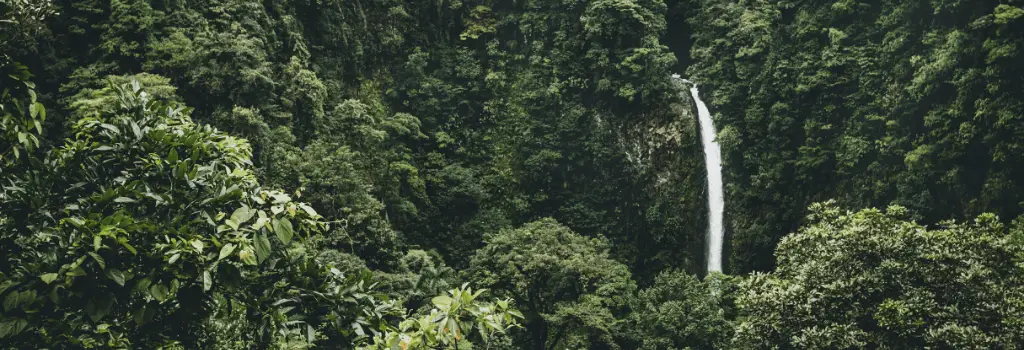
Costa Rica accounts for only around 1% of global coffee production, however, it is a country that is regarded as one of the highest quality producers, making this their key focus, and therefore, they have seen great success within the specialty coffee industry.
What makes Costa Rican coffee so different is that it is the only country in the world where it is actually illegal to produce any type of coffee other than 100% Arabica, the highest quality of coffee beans.
Costa Rica also has only two seasons, dry and a rainy season, both of which provide ideal coffee-growing climates, and although Costa Rica is not a very big country, it does still have a high degree of geographical and climatic diversity.
Coffee grown in the rainforest regions can be much different from coffee grown in the highlands, which makes the coffee coming out of this country to be very unique.
Generally, Costa Rican coffee presents a good, full body, rich and robust flavour, with crisp acidity.
In regards to roasting, Costa Rican beans are generally medium or medium-dark roast.
Medium roasts allow the subtle and complex flavours of high-grown beans to shine through.
Because most coffees from Costa Rica are washed, they are well suited to many different brew methods.
A filter brew such as a pour-over highlights the mildly acidic notes in the coffee, however, if your coffee is a medium, medium-dark to dark roast, we would recommend using a French press or an automatic dripper, all brewing methods that will help to highlight the unique flavours of Costa Rican coffee.
Click here to check out How To Brew Specialty Coffee With A French Press.
ETHIOPIA
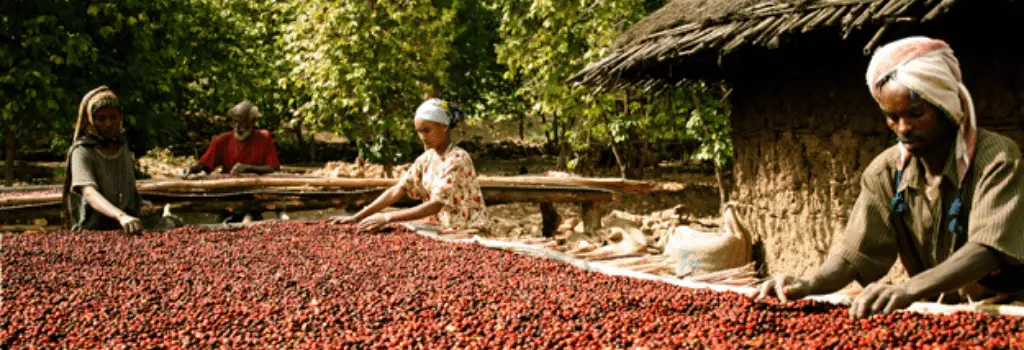
Known as the birthplace of coffee, Ethiopia is located along the global bean belt, which is a region around the equator with favourable coffee-growing climates, therefore, the country produces some of the best single-origin coffees in the world.
More than a thousand different varieties of coffee grow in Ethiopia and play a huge role in Ethiopian culture.
Although Ethiopia is home to a wide variety of coffee types including several wild ones that are yet to be documented, Arabica is the most widely grown coffee type in the country.
The unique high elevations in the southern mountainous region make for excellent growing conditions.
Coffee from Ethiopia is known for its bright fruited and floral flavours. These coffees typically have a higher acidity, light to medium body and complex flavour notes.
The beans are either washed or naturally processed. The processing method that they use has a huge impact on the final taste of the coffee.
A lot of the coffee in Ethiopia is processed naturally, which is what they have done for centuries, and therefore, you will find many of the coffees sourced from this country come with a complex fruity/blueberry tone.
When roasting Ethiopian coffees, roasters steer away from sudden, intense heat.
Coming in strong may help push some of the bean gingery or clove spice notes out, but you risk losing those lovely floral notes so distinctive of this origin.
Therefore, to preserve the delicate and nuanced flavour profile of Ethiopian coffee beans, roasters will roast at a relatively low rate of temperature increase during the first crack.
Since coffee from this region tends to be light in body and brighter in acidity, for best results we would recommend brewing it as a pour-over, such as the V60 brewing method.
Click here to check out How To Brew Specialty Coffee With A V60.
YEMEN

Yemen coffee is the ancestral wild coffee beverage which 90-100% of all other coffees we drink today originate from.
Since its recent ability to be exported, it has become incredibly sought after and praised for being one of the best coffees in the world.
The production process for Yemen coffee beans is special and has stayed the same for many years.
The coffee plants are raised the old way, without any use of chemicals, all by small family farms that can have as little as 20 trees.
Once the coffee cherries are ripe, they are hand-picked, and the beans are not removed from the fruit, but dry-processed together.
Yemen coffee has a distinct flavour and aroma. Its complex earthiness often holds tones of dried fruit, partly due to being dried with the fruit husk.
They can also carry notes of chocolate, cinnamon, cardamom or tobacco.
The strongest of these notes generally is chocolate, hence the modern use of the word “Mocha” in association with Yemen coffee.
Due to the special conditions in the land in which the coffee fruits are produced, the yield for crops is very low, as well as the traditional processing methods are very slow.
These two factors combined mean that Yemeni coffee is quite rare, and therefore, the demand is very high around the world, this has resulted in authentic Yemeni coffee becoming very expensive, but also a very special coffee to experience.
When it comes to roasting coffee beans from Yemen, the darker roasts can draw out much more of the richness of their flavours.
This can also increase the overall aroma and keep the coffee’s body rich and full, therefore, since this kind of bean generally favours a medium to dark roast, we recommend brewing espresso to experience the full flavour profile in action, however, you can experiment with other manual brewing methods such as the Aeropress.
Conclusion: Countries and their distinct flavours
Overall if you want to better understand different coffee origins, the answer is simple: sample as many as possible.
Compare a Colombian, an Ethiopian, and a Costa Rican, or try a natural from Brazil and a natural from Burundi.
Ask the barista about the origin and read the information on the bag. With time, you’ll start to recognise certain countries’ profiles and know your favourites.
When coffee doesn’t have the typical profile for its region, you’ll be even more excited to try it.
If you enjoyed this article, read more like this by checking out our Specialty Coffee Beginners Guides.

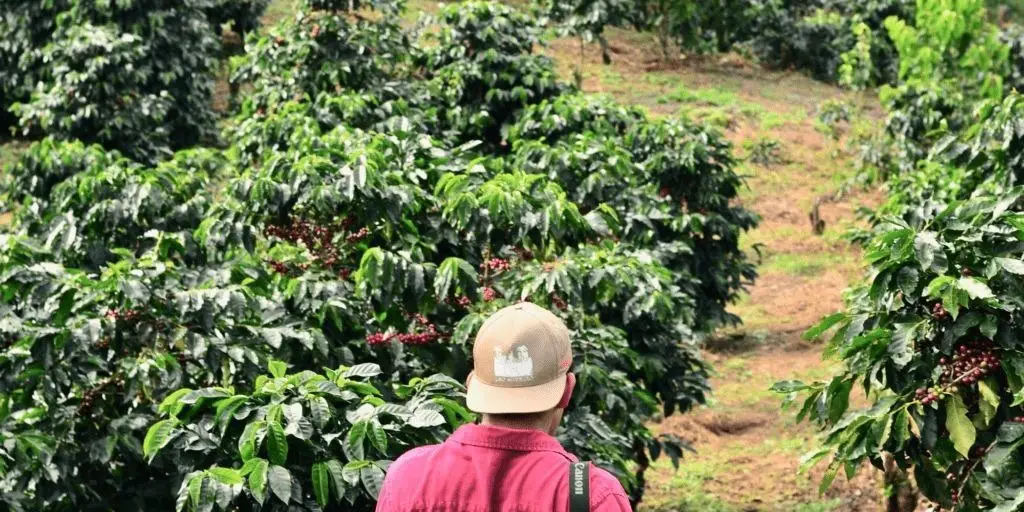

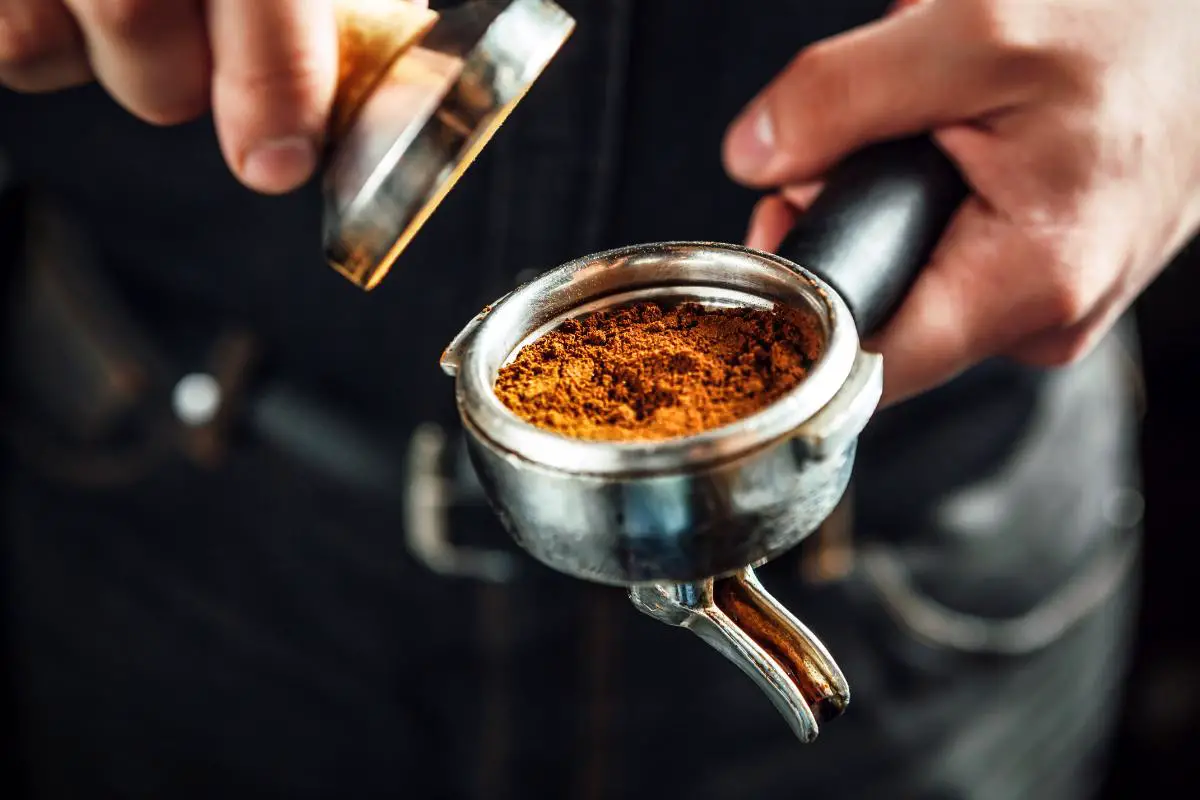
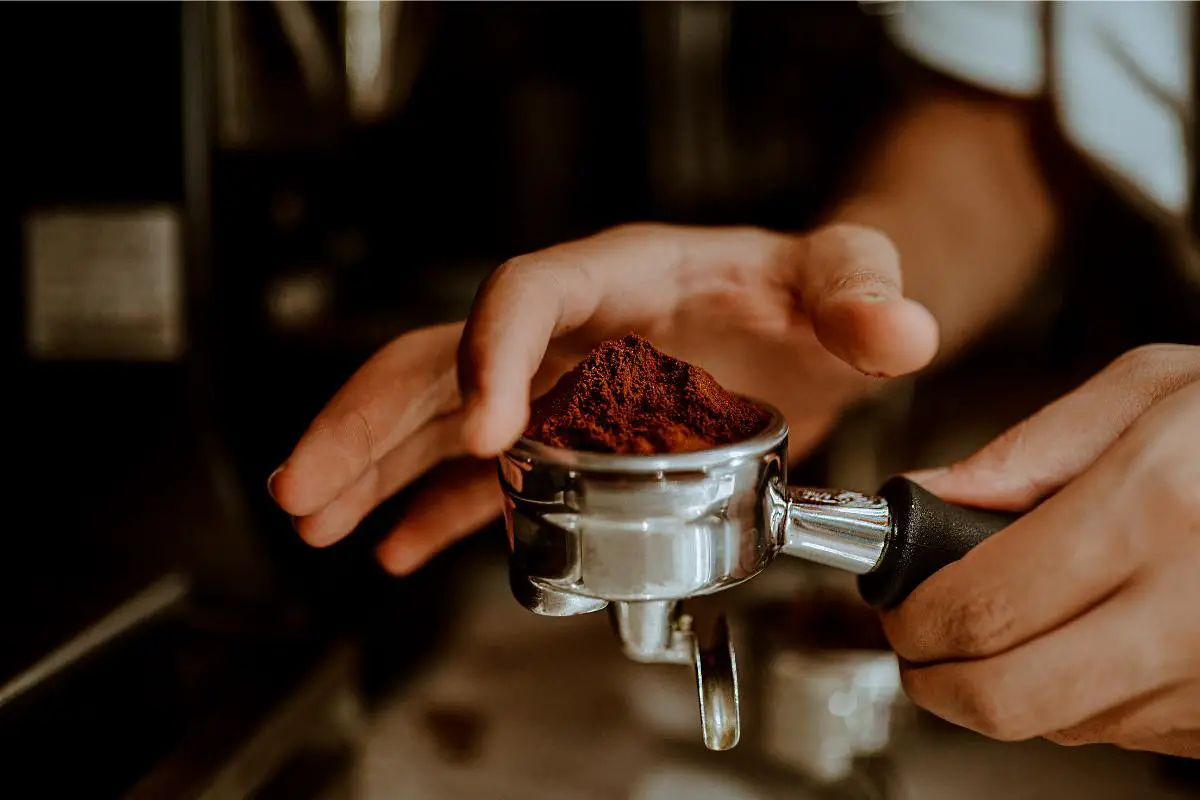
Leave a Reply